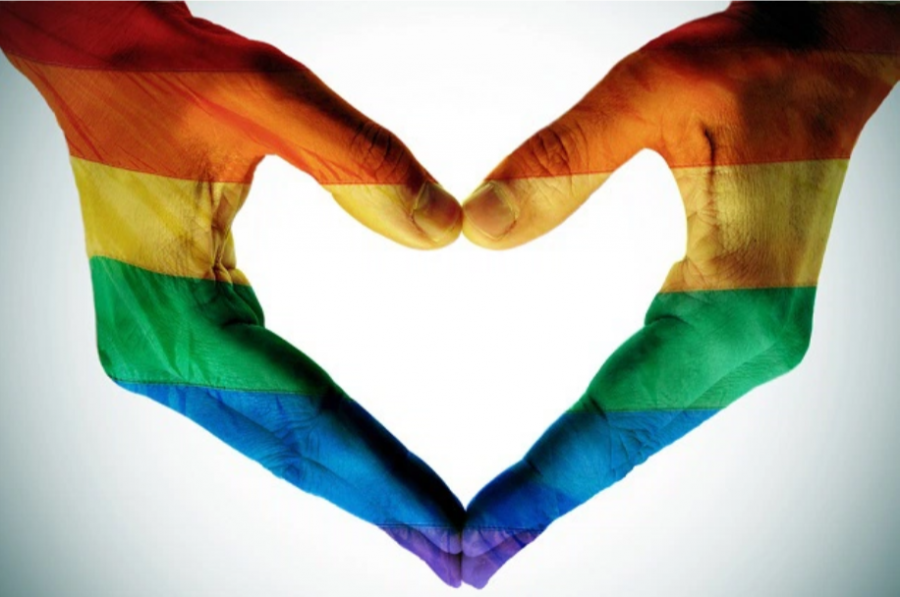Seek to Understand
February 25, 2016
We live in an ever changing diversifying day and age where we are constantly having to adapt our views and societal norms. Individuals’ choices to change how they wish to have themselves identified as has been an occurrence that has been taking place for generations. Many of us are only now becoming aware to all these different identifications and sexualities due to the recent progression in LGBT (Lesbian, Gay, Bisexual, and Transgender) acceptance. Many of us don’t fully know or understand the different ways people can identify themselves, and many people choose to be against them because it is something they don’t understand. I believe that if individuals can educate themselves on some of the lesser known and even the more widely known forms of identification that diversify our world then we can all live in acceptance of one and other.
Many know the four most publicized forms of sexuality and identification Lesbian, Gay, Bisexual, and Transgender. A Lesbian is a female is attracted to females. A Gay man is a male is attracted to other males. A Bisexual or Bi person is attracted to both males and females regardless of what sex they are. A Transgender person does not identify as the same sex that they were born as. Besides these four, there are many other different forms of identification that get grouped under Transgender.
Lots of people just assume and are told that when an individual is transgender they will go from using the pronoun “she” to the pronoun “he” or vice versa, but there is so much more! An individual can choose to identify as many different things and still be considered transgender. A person can choose to not identify as either male or female and choose to not use either pronoun “she” or “he”, instead they will use the pronoun “they”. For example, if you are speaking about a person who chooses to use the pronoun “they” instead of saying “He was washing the dishes” you would say “They were washing the dishes”. Or “that’s her hairbrush” would be changed to “that’s their hairbrush”.
“They” is not the only pronoun used to describe someone who chooses to identify as gender neutral, but there is also “ey” and “zie”. You use both of these the same way you use “they” as shown above in the earlier examples. The tricky part, in my opinion, is when you do not fully understand a person’s identification. You should just flat out ask a person you are unsure about! Just politely ask them, “Which pronoun would you like to be called by?” and if you are afraid about getting their pronoun wrong, or are nervous about correcting yourself, don‘t worry! If anything, they will be happy with the fact that you are able to correct yourself and are acknowledging the fact that they identify by something different.
It is my hope that this brief lesson on individuals identifications can lead to us being more accepting of our culture’s wide diversity of identification and sexuality.







